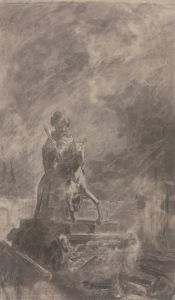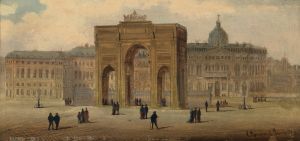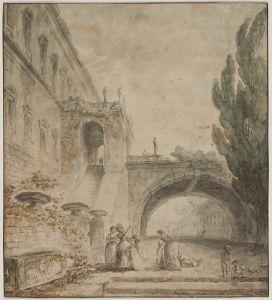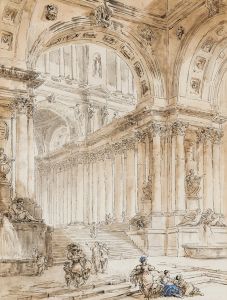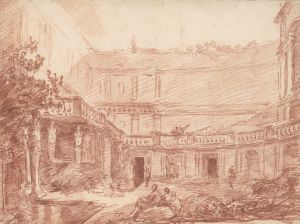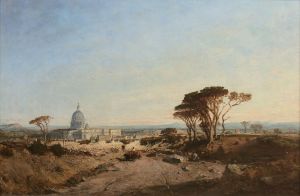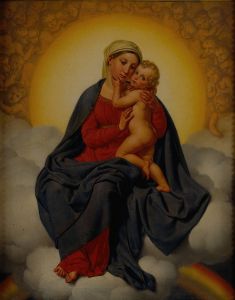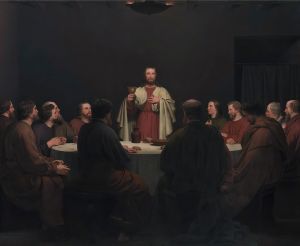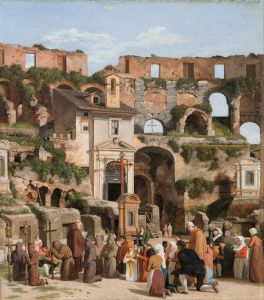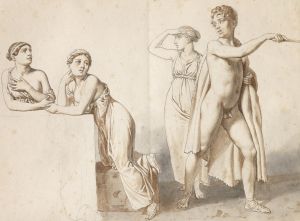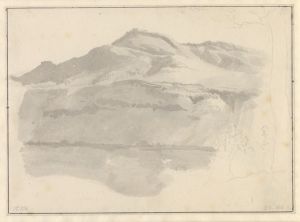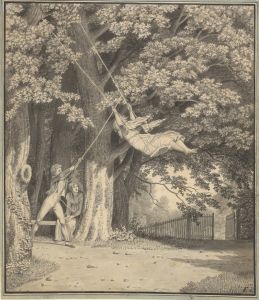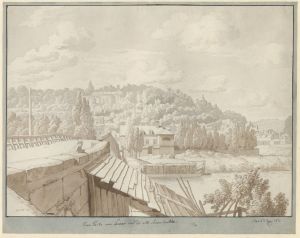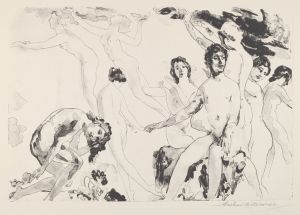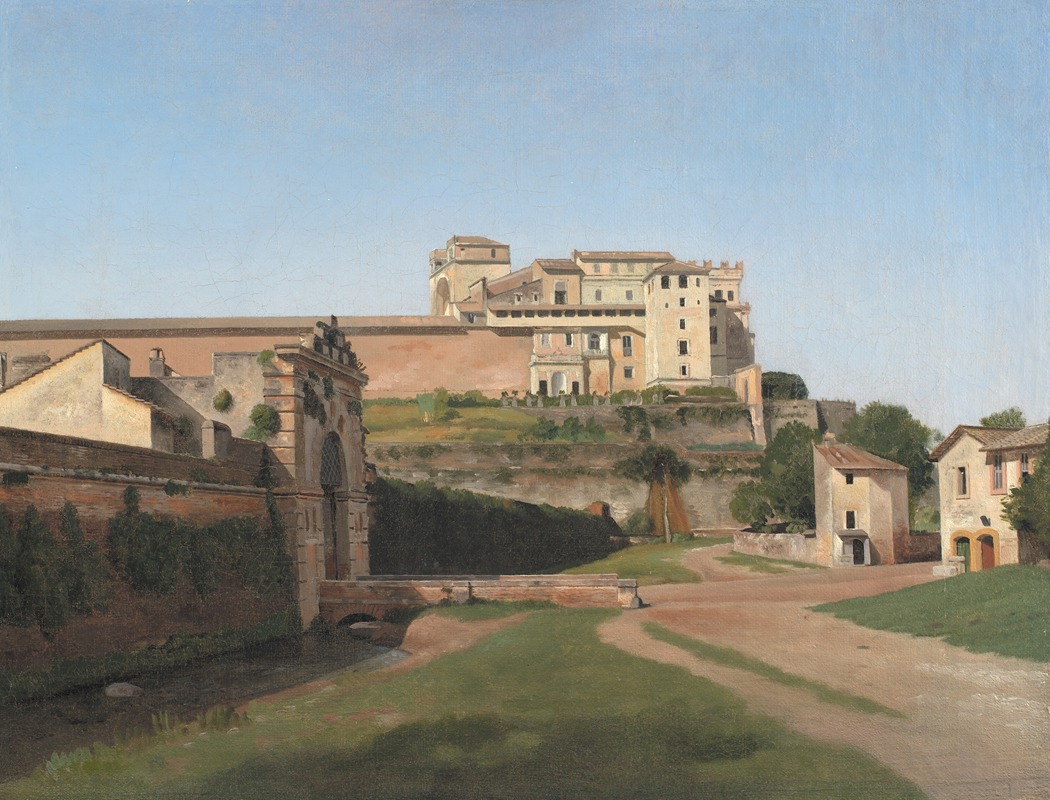
Porta Angelica and Part of the Vatican
A hand-painted replica of Christoffer Wilhelm Eckersberg’s masterpiece Porta Angelica and Part of the Vatican, meticulously crafted by professional artists to capture the true essence of the original. Each piece is created with museum-quality canvas and rare mineral pigments, carefully painted by experienced artists with delicate brushstrokes and rich, layered colors to perfectly recreate the texture of the original artwork. Unlike machine-printed reproductions, this hand-painted version brings the painting to life, infused with the artist’s emotions and skill in every stroke. Whether for personal collection or home decoration, it instantly elevates the artistic atmosphere of any space.
Christoffer Wilhelm Eckersberg's painting Porta Angelica and Part of the Vatican is a work by the renowned Danish artist, often referred to as the "father of Danish painting." Eckersberg, a central figure in the Danish Golden Age of art, created this piece during his travels in Italy, a period that significantly influenced his artistic style and subject matter.
The painting depicts a view of the Porta Angelica, a historical gate located near Vatican City in Rome, Italy. The Porta Angelica was part of the defensive walls surrounding the Vatican area and served as an important entrance to the city. In the artwork, Eckersberg captures not only the architectural details of the gate but also the surrounding environment, including part of the Vatican complex. His meticulous attention to perspective and light reflects his training in classical techniques and his interest in accurately portraying architectural structures.
Eckersberg traveled to Rome in 1813 and stayed there until 1816, a period during which he immersed himself in the study of classical art and architecture. This painting is likely a product of his time in Rome, where he was inspired by the city's rich history and iconic landmarks. His works from this period often feature precise linear perspective and a clear, naturalistic depiction of light and shadow, hallmarks of his artistic approach.
The painting exemplifies Eckersberg's ability to blend realism with a sense of harmony and order, characteristics that define much of his oeuvre. By focusing on a specific architectural feature like the Porta Angelica, Eckersberg demonstrates his interest in capturing the essence of a place through its structures and surroundings. The work also reflects the broader European fascination with Italy during the 19th century, as many artists and intellectuals of the time viewed the country as a source of artistic and cultural inspiration.
While the exact date of the painting's creation is not specified, it is consistent with Eckersberg's Italian period, during which he produced numerous studies and paintings of Roman landmarks. Today, this work is recognized as an example of Eckersberg's contribution to the tradition of architectural painting and his role in shaping Danish art during the Golden Age.
No further specific details about the painting's current location or provenance are readily available.





